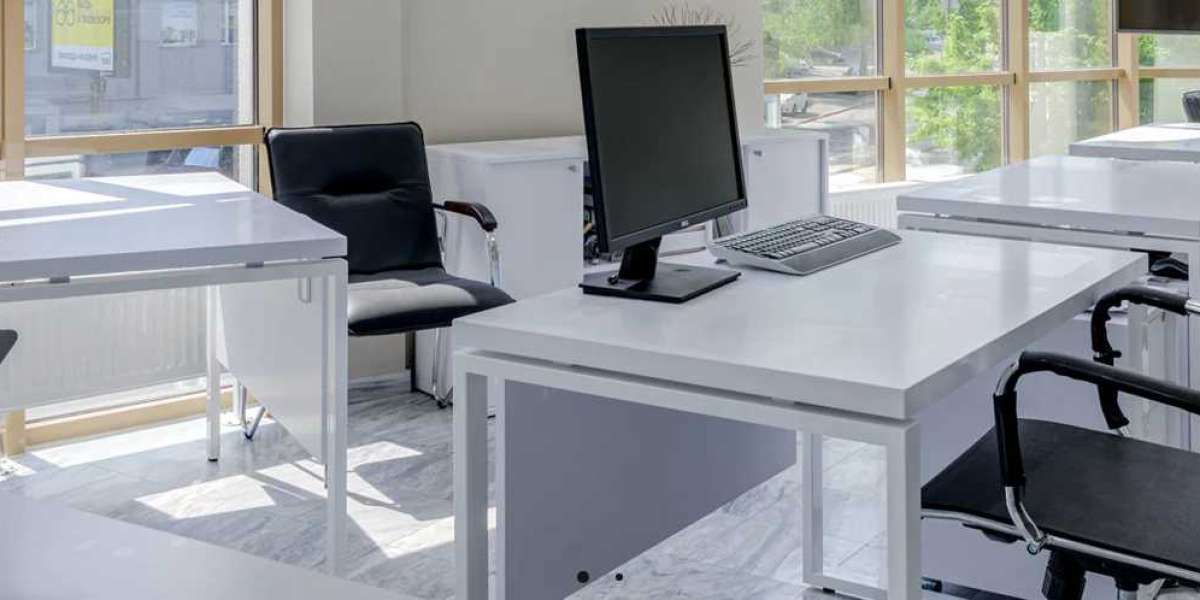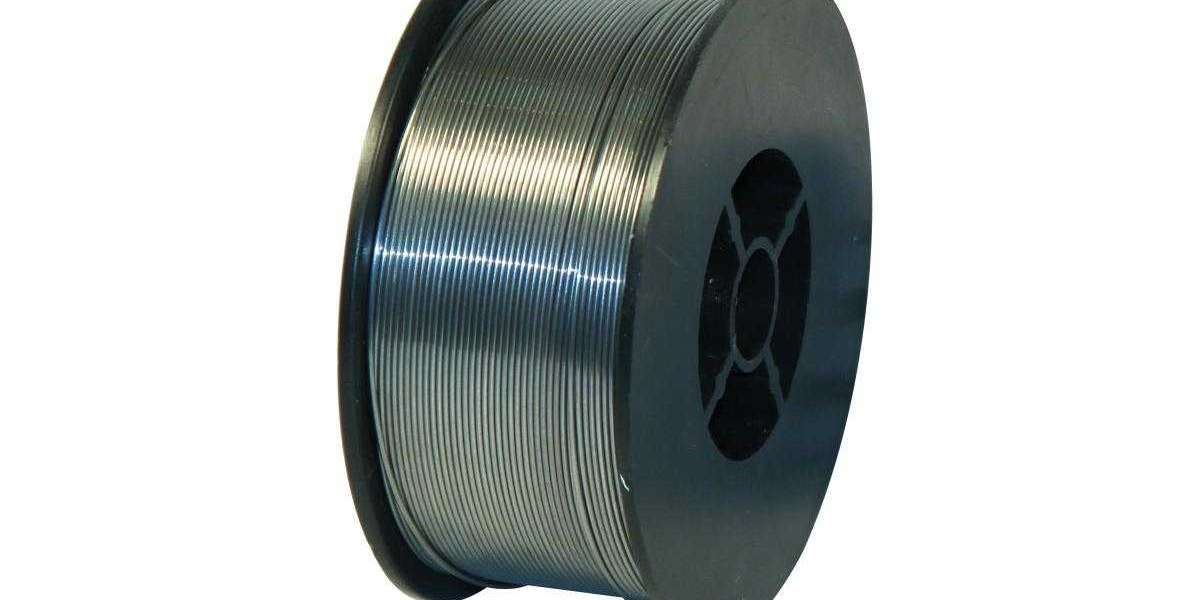Maintaining your office chair properly can significantly extend its lifespan and ensure it remains comfortable and supportive. Here are some essential tips to help you keep your office chair in top condition.
1. Regular Cleaning
a. Upholstery Care
- Fabric Upholstery: Vacuum regularly to remove dust and debris. Use a mild detergent and water for spot cleaning. Avoid soaking the fabric.
- Leather Upholstery: Wipe down with a damp cloth and use a leather conditioner every few months to keep the leather supple and prevent cracks.
- Mesh Upholstery: Use a vacuum with a brush attachment to remove dust and dirt. For stains, use a mild detergent and water solution.
b. Hard Surfaces
- Plastic and Metal Parts: Wipe down with a damp cloth and a mild detergent. Avoid abrasive cleaners that can scratch surfaces.
- Casters and Wheels: Clean regularly to remove hair, dust, and debris that can impede movement. Use compressed air to blow out dirt from hard-to-reach areas.
2. Lubrication and Adjustment
a. Moving Parts
- Mechanisms: Lubricate moving parts like tilt mechanisms and swivel joints with a silicone-based lubricant every 6 months to ensure smooth operation.
- Gas Lift Cylinder: Occasionally apply a small amount of lubricant to the gas lift cylinder to keep it moving smoothly.
b. Regular Adjustments
- Check and Adjust: Regularly check and adjust the chair’s settings, such as seat height, tilt tension, and armrest positions, to ensure they are functioning correctly and providing the necessary support.
3. Inspecting and Tightening
a. Regular Inspections
- Check for Wear and Tear: Inspect the chair for any signs of wear and tear, such as loose screws, frayed fabric, or cracks in the plastic or metal parts.
- Structural Integrity: Ensure that the frame and base of the chair are in good condition and free from cracks or damage.
b. Tighten Screws and Bolts
- Routine Checks: Regularly check and tighten all screws, bolts, and other fasteners to ensure the chair remains stable and secure.
- Use Appropriate Tools: Use the correct tools to avoid stripping screws or damaging components.
4. Protecting the Chair
a. Proper Usage
- Weight Limits: Adhere to the weight limits specified by the manufacturer to avoid overstressing the chair.
- Proper Sitting: Avoid leaning too far back or putting excessive weight on the armrests to prevent damage to the chair’s mechanisms.
b. Environmental Protection
- Avoid Direct Sunlight: Prolonged exposure to direct sunlight can fade and weaken upholstery materials, particularly leather and fabric.
- Temperature and Humidity: Keep the chair in a stable environment with moderate temperature and humidity levels to prevent damage to the materials.
5. Professional Servicing
a. Manufacturer Recommendations
- Follow Guidelines: Adhere to the maintenance guidelines provided by the manufacturer for your specific chair model.
- Warranty Compliance: Ensure that any maintenance or repairs performed do not void the warranty.
b. Professional Cleaning and Repairs
- Deep Cleaning: Consider professional deep cleaning for fabric or leather chairs every 1-2 years.
- Repairs: If the chair requires repairs beyond basic maintenance, consult a professional or the manufacturer to ensure proper handling and preserve the warranty.
Conclusion
Regular maintenance of your office chair is crucial for maintaining its comfort and extending its lifespan. By following these tips for cleaning, lubrication, adjustments, and inspections, you can ensure that your chair remains in excellent condition and continues to provide the support you need. Investing a little time and effort into maintaining your office chair can pay off in terms of both comfort and cost savings over the long term.








